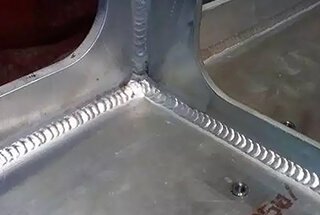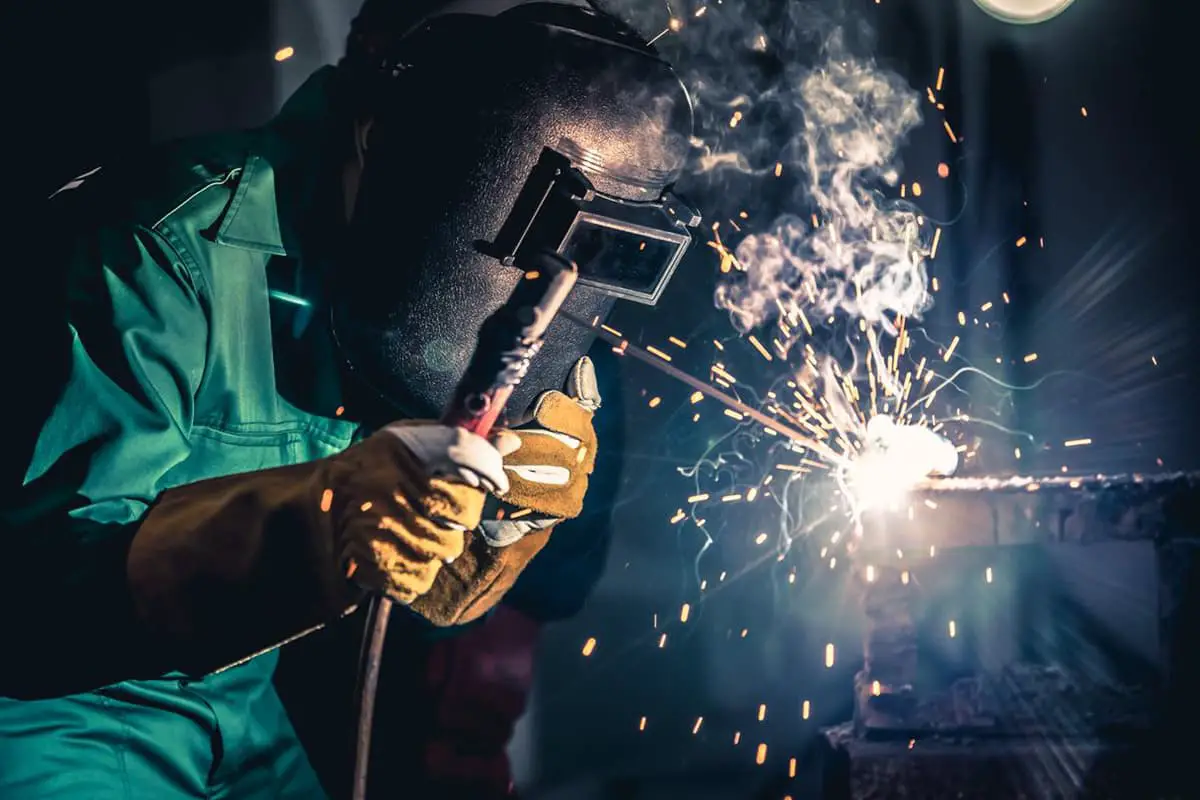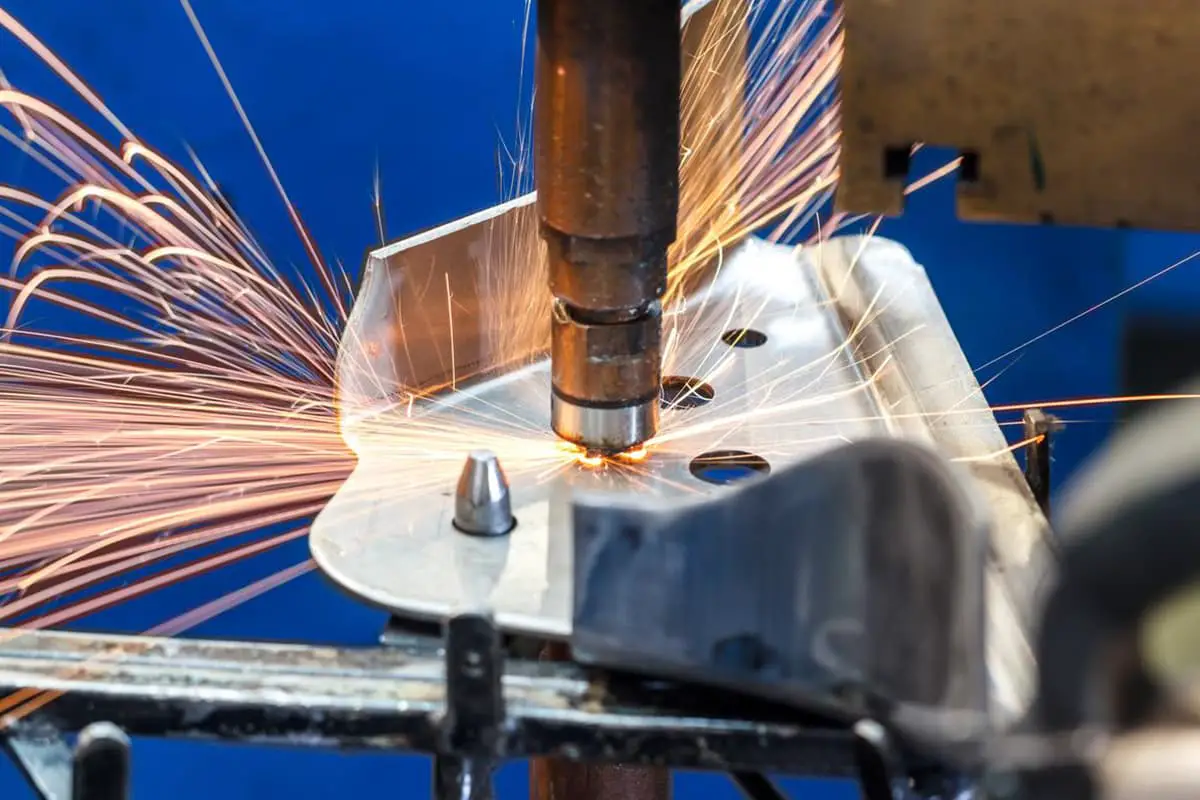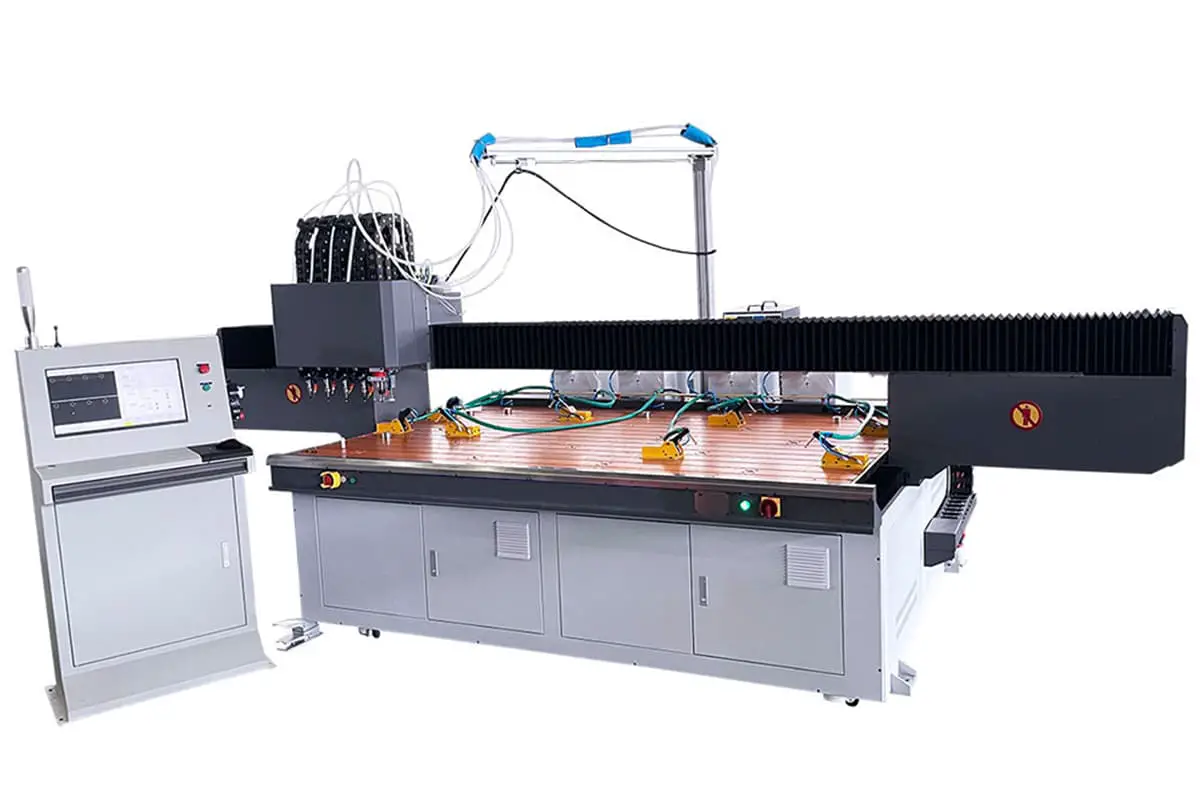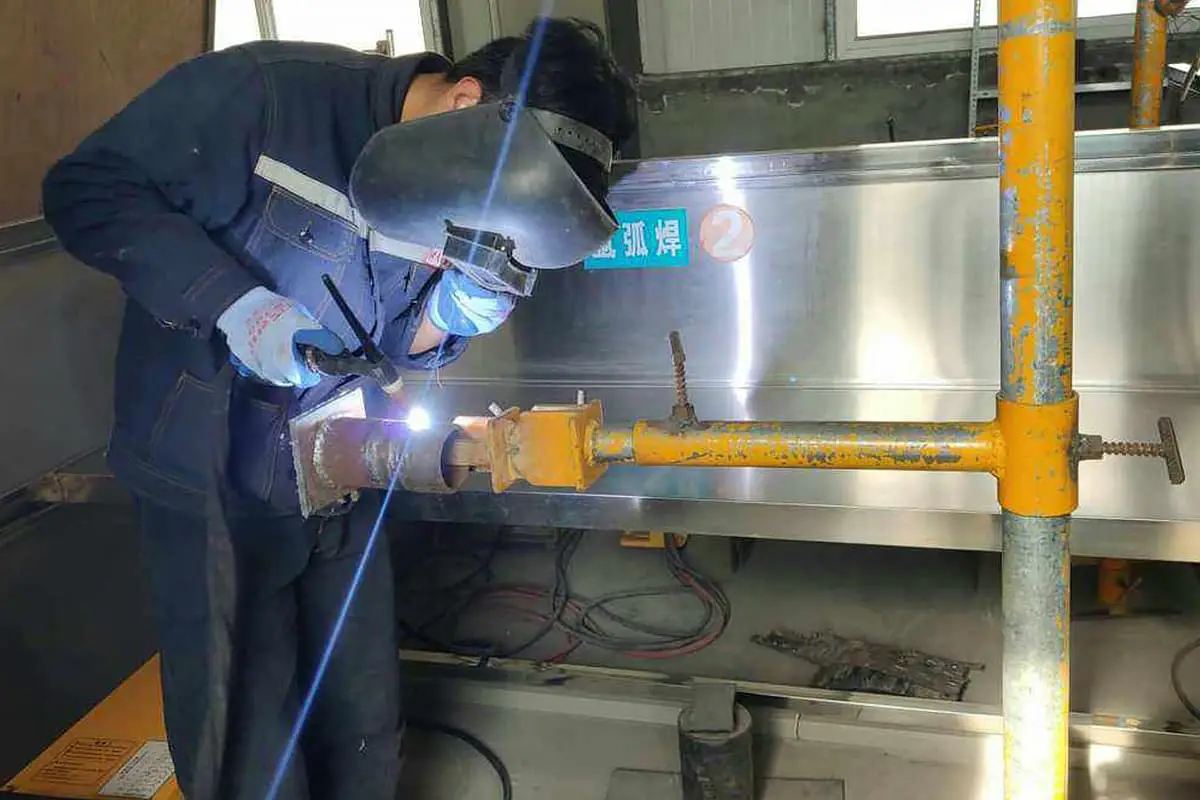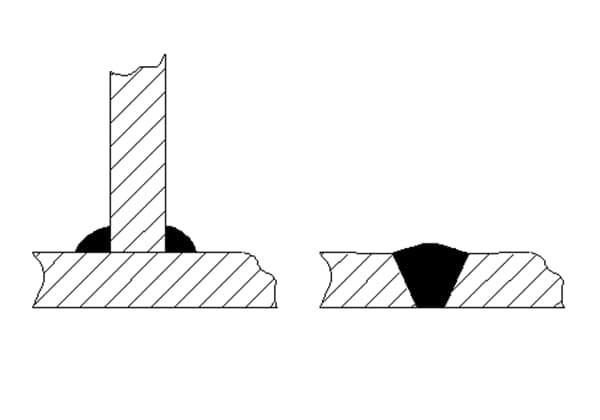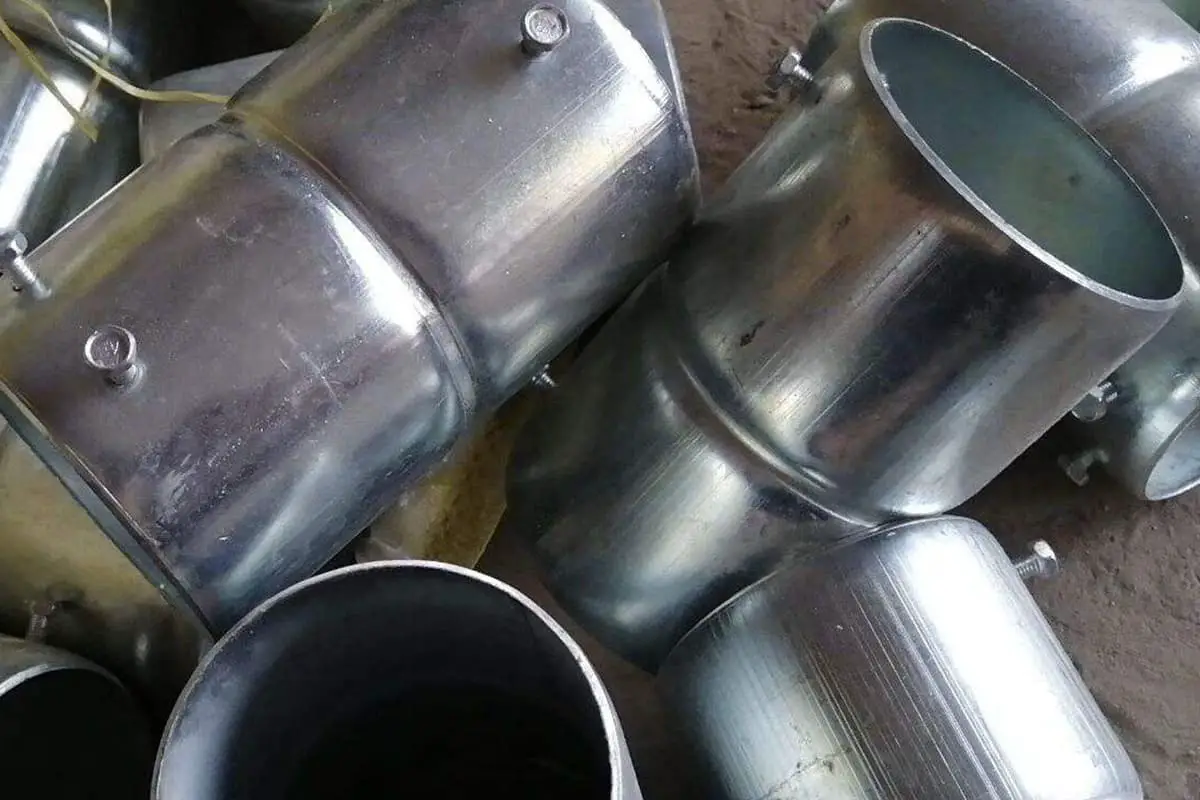
Welding galvanized steel sheets presents unique challenges, such as cracking, porosity, and zinc evaporation. These issues arise due to the zinc coating’s interaction with the welding process, leading to potential defects. This article explores effective strategies to overcome these difficulties, including proper weld preparation, material selection, and welding techniques. By understanding and addressing these factors, welders can achieve high-quality results when working with galvanized steel. Read on to learn the essential steps for successful welding of galvanized steel sheets and ensure robust and durable welds.
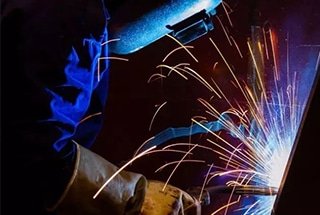
The zinc coating on galvanized steel can present challenges during welding. The main difficulties include:
Of these issues, welding cracks, porosity, and slag are the primary concerns.
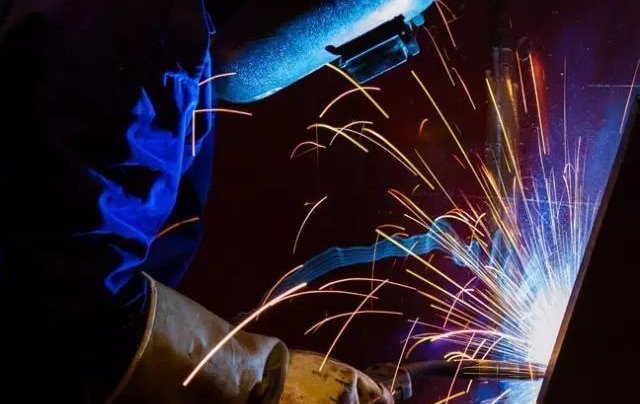
During the welding process, molten zinc can collect on the surface of the molten pool or at the base of the weld. The lower melting point of zinc compared to iron causes the iron in the molten pool to solidify first, allowing the liquid zinc to penetrate into it along the grain boundaries of the steel, leading to a decrease in the intercrystalline bond strength.
Additionally, the formation of brittle metal compounds, such as Fe3Zn10 and FeZn10, between zinc and iron further reduces the weld metal’s plasticity. This makes it prone to cracking along crystal boundaries due to residual welding stress.
1) Factors affecting crack sensitivity
① Zinc Coating Thickness: The thickness of the zinc coating on galvanized steel affects its crack sensitivity. A thin zinc coating results in less crack sensitivity, whereas a thicker coating on hot galvanized steel leads to increased crack sensitivity.
② Workpiece Thickness: The thickness of the workpiece also influences crack sensitivity, with thicker workpieces having higher welding constraint stress and increased crack sensitivity.
③ Groove Clearance: A larger groove clearance increases crack sensitivity.
④ Welding Method: Different welding methods can also impact crack sensitivity. Manual arc welding results in less crack sensitivity, while using CO2 gas for welding can cause higher crack sensitivity.
2) Methods to prevent cracks
① Preparation for Welding: Before welding, it is necessary to create a V, Y, or X-shaped groove at the welding location on the galvanized sheet. The zinc coating can be removed near the groove using oxyacetylene or sandblasting. It is important to not have a clearance that is too large, with a general recommendation of 1.5mm.
② Selection of Welding Materials: To reduce the likelihood of cracking, it is important to choose welding materials with a low silicon content. For gas-shielded welding, a welding wire with low silicon content should be used. Manual welding can be performed using a titanium type electrode or a titanium calcium electrode.
The zinc layer near the groove can undergo oxidation (ZnO) and vaporization due to the heat generated during arc welding, leading to the emission of white smoke and vapor. This can easily result in porosity in the weld. The higher the welding current, the more severe the zinc evaporation, and the greater the likelihood of porosity.
Welding with titanium type and calcium titanium electrodes tends to result in less porosity in the medium current range. On the other hand, both low and high currents during welding with cellulose type and low hydrogen welding electrodes can cause porosity.
It is important to control the electrode angle to be within the range of 30-70° to reduce the risk of porosity.
The zinc layer near the molten pool during welding oxidizes into ZnO and vaporizes due to the heat from the arc, creating a significant amount of dust. The main component of this dust is ZnO, which can have harmful effects on workers’ respiratory systems.
It is important to ensure good ventilation during welding to reduce the risk to workers.
Under the same welding specifications, welding with a titanium oxide electrode generates less dust compared to using a low hydrogen welding electrode, which tends to produce a larger amount of dust.
When using a low welding current, the ZnO formed during the heating process can become trapped and form into ZnO slag. ZnO is stable and has a high melting point of 1800°C. The presence of large blocks of ZnO slag can have a significant negative impact on the plasticity of the weld.
However, when using a titanium oxide type electrode, the distribution of ZnO is small and uniform, which has little effect on the plasticity and tensile strength of the weld. On the other hand, when using a cellulose or hydrogen electrode, the ZnO in the welding seam is larger and more abundant, resulting in poor weld performance.
Galvanized steel can be welded using various techniques, including manual electric arc welding, melting electrode gas-shielded welding, argon arc welding, and resistance welding.
1) Weld preparation
To reduce the amount of welding dust and prevent the formation of welding cracks and porosity, it is necessary to prepare the appropriate slope before welding and remove the zinc layer near the groove. This removal can be achieved through flame or sandblasting.
It is important to control the groove clearance to be within the range of 1.5 to 2mm, and for thicker workpieces, the clearance can be increased to 2.5 to 3mm.
2) Selection of electrode
The principle for selecting a welding rod is to ensure that the mechanical properties of the weld metal are as similar as possible to those of the parent material. Additionally, it is important to control the amount of silicon in the welding electrode to be below 0.2%.
Related reading: How to Choose the Right Welding Rod?
Joints produced using ilmenite type, titanium oxide type, cellulose, titanium calcium, and low hydrogen welding electrodes can exhibit satisfactory strength. However, low hydrogen and cellulose electrodes tend to result in slag and porosity in the welds, so they are not commonly used.
For mild steel galvanized steel sheets, J421/J422 or J423 welding rods are preferred. For galvanized steel plates with a strength level above 500MPa, E5001 or E5003 welding rods should be used. For galvanized steel plates with a strength of over 600MPa, the recommended welding rods are E6013, E5503, or E5513.
When welding, it is recommended to use a short arc and avoid swinging the arc to minimize the expansion of the melting zone of the galvanized layer, ensure corrosion resistance of the workpiece, and reduce the amount of soot generated.
Gas-shielded welding, such as CO2 gas shielded welding or a mixture of Ar+CO2 or Ar+O2, is recommended for welding galvanized steel. The type of protective gas used can have a significant impact on the Zn content in the weld. The use of pure CO2 or CO2+O2 results in a higher Zn content in the welding seam, whereas using Ar+CO2 or Ar+O2 leads to a lower Zn content. The welding current has a minimal effect on the Zn content in the weld, with a slight decrease as the current increases.
Gas-shielded welding produces more welding dust compared to manual arc welding, so it is important to pay special attention to exhaust. The size and composition of soot are mainly influenced by the current and protective gas, with a larger current or a greater amount of CO2 or O2 in the gas leading to more soot. The content of ZnO in the soot also increases, with a maximum content of around 70%.
The molten depth of galvanized steel is greater than that of non-galvanized steel under the same welding specifications. T-joints, lap joints, and down welding are more prone to porosity, and the welding speed has a significant impact, especially for galvanized alloy steel. In multi-line welding, subsequent welding lines are more sensitive to porosity than previous lines.
The protective gas composition has little effect on the mechanical properties of the joints, and pure CO2 is commonly used for welding. The welding parameters for I-shaped butt joints, lap joints, and T-joints of galvanized steel plates using CO2 welding are listed in tables 1-3.
Table 1 Specification parameters for CO2 welding of I-shaped galvanized steel plate butt joint
| Thickness/mm | Gap/mm | Welding Position | Wire Feed Speed/mm*s-1 | Arc voltage/V | Welding Current/A | Welding Speed/mm*s-1 | Note |
|---|---|---|---|---|---|---|---|
| 1.6 | 0 | Flat Welding | 59.2~80.4 | 17~20 | 70~90 | 5.1~7.2 | Welding wire ER705-3 Dia. 0.9mm Dry extension 6.4mm |
| Vertical Down Welding | 82.5 | 17 | 90 | 5.9 | |||
| Horizontal Welding | 50.8 | 18 | 100 | 8.5 | |||
| Overhead Welding | 50.8~55 | 18~19 | 100~110 | - | |||
| 3.2 | 0.8~1.5 | Flat Welding | 71.9 | 20 | 135 | 5.5 | |
| Vertical Welding | 71.9 | 20 | 135 | 7.6 | |||
| Horizontal Welding | 71.9 | 20 | 135 | 6.8 | |||
| Overhead Welding | 71.9 | 20 | 135 | 5.5 |
Table 2 Specification parameters for CO2 welding of galvanized steel plate lap joint
| Thickness/mm | Welding Position | Wire Feed Speed/mm*s-1 | Arc voltage/V | Welding Current/A | Welding Speed/mm*s-1 | Note |
|---|---|---|---|---|---|---|
| 1.6 | Flat Welding | 50.8 | 19 | 110 | 5.1~6.8 | Welding wireER705-3 Dia. 0.9mm Dry extension6.4mm |
| Horizontal Welding | 50.8 | 19~20 | 100~110 | 5.5~6.8 | ||
| Overhead Welding | 50.8 | 19~20 | 100~110 | 4.2~5.1 | ||
| Vertical Welding | 50.8 | 18 | 100 | 5.5~6.8 | ||
| 3.2 | Flat Welding | 67.2 | 19 | 135 | 3.8~4.2 | |
| Horizontal Welding | 67.2 | 19 | 135 | 3.8~4.2 | ||
| Vertical Down Welding | 67.7 | 19 | 135 | 5.1 | ||
| Overhead Welding | 59.2 | 19 | 135 | 3.4~3.8 |
Table 3 Specification parameters for CO2 welding of T-shaped galvanized steel plate butt joint (angle joint)
| Thickness/mm | Welding Position | Wire Feed Speed/mm*s-1 | Arc voltage/V | Welding Current/A | Welding Speed/mm*s-1 | Note |
|---|---|---|---|---|---|---|
| 1.6 | Flat Welding | 50.8~55 | 18 | 100~110 | - | Welding wireER705-3 Dia. 0.9mm Dry extension6.4mm |
| Vertical Welding | 55~65.6 | 19 | 110~120 | - | ||
| Overhead Welding | 55 | 19~20 | 110 | 5.9 | ||
| Horizontal Welding | 59.2 | 20 | 120 | 5.1 | ||
| 3.2 | Flat Welding | 71.9 | 20 | 135 | 4.7 | |
| Vertical Welding | 71.9 | 20 | 135 | 5.9 | ||
| Horizontal Welding | 71.9 | 20 | 135 | 4.2 | ||
| Overhead Welding | 71.9 | 20 | 135 | 5.1 |



